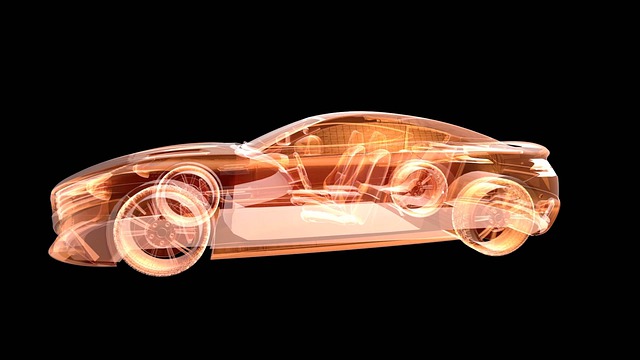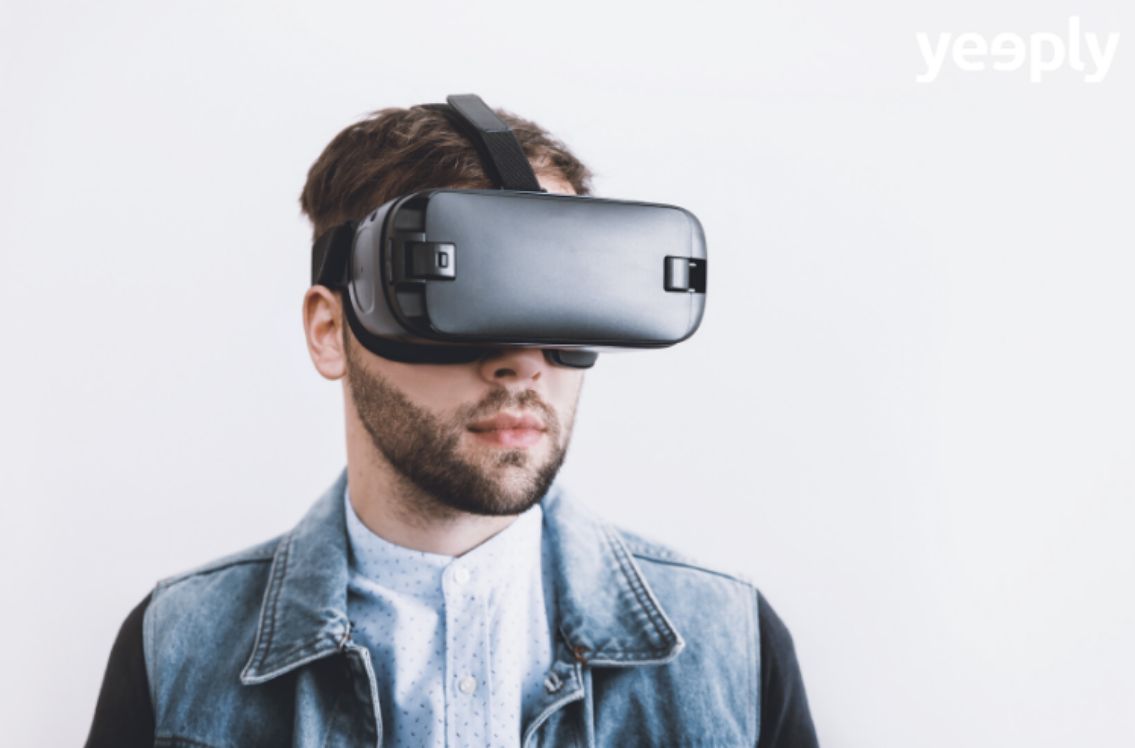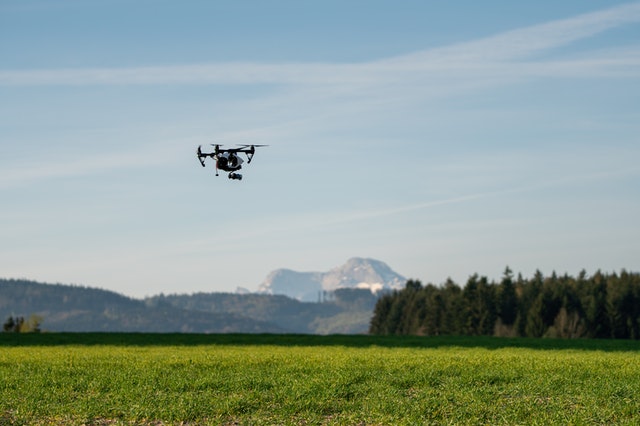A 3D hologram is a three-dimensional projection that goes one step further than conventional photography and film.
It is an innovative and attractive format that does not require special glasses to be viewed and be enjoyed as a realistic and complete image.
Moreover, it is a very useful and revolutionary tool for many different fields, from the exhibition of products at trade fairs to medicine or education.
Index
What is a 3D hologram?
A photograph can only reproduce the colours of a single scene, but a hologram encodes both the brightness and phase of each light wave. This combination provides a much more faithful representation of the colours and depth of a scene, generating not only colour but also texture.
Creating a hologram requires a complex development that starts with an initial idea based on a product, service or process, from which a briefing will be created that will be the starting point for shaping the project. Once the storyboard is defined, the 3D designers get down to work, and through programming and additional effects, they will bring the holographic animation to life.
? You may be interested: Top 6 Frameworks and Augmented Reality SDKs for Android and iOS
3D representations are ideal for explaining complex information to potential customers in a simple and easy way. This feature offers a benefit for potential customers but also constitutes a valuable competitive advantage.
Through a 3D presentation, attention to the projected material is increased, the memory of that exposure is also longer lasting, and the understanding and appreciation of the person who has done the work are likewise increased.
Its visualisation is simple, as no special glasses are required to see it. Different types of hologram projectors adapt to each element to be projected to achieve the most realistic results.

AI: the future of holograms
Each hologram encodes an extraordinary amount of data to create the illusion of depth throughout the image. For this reason, the generation of 3D holograms has so far required a great deal of computing power, which has been difficult to achieve.
The challenge was to reduce the amount of computation required, for example by replacing complex physical simulations with simple lookup tables. But this approach came at a cost in image quality.
Related article: Augmented Intelligence: humans and AI joining forces
Now, researchers have developed a new way to produce holograms almost instantaneously, through a method based on deep learning, which has proved so efficient that it can be run on an ordinary laptop.
By combining artificial intelligence with optical physics, a system has been created that trains itself to come up with algorithms that can instantly reproduce real-world scenes in all their three-dimensional complexity.
Using AI, scientists can now quickly generate 3D holograms in real-time, which has great potential for applications that allow the viewer to immerse themselves in a given scenario without the side effects of virtual reality such as eyestrain.
Areas of application of 3D holograms:
3D holograms are adaptable and can be of great use to all kinds of sectors, but it is products, processes and procedures that require a lot of explanation that can benefit most from this new technology.
Military purposes
Geographic intelligence is an essential part of military strategy.
Holographic imagery is already being used to improve surface reconnaissance. This allows soldiers to see the terrain in three dimensions and helps with mission training.
Three-dimensional maps are also useful in disaster evacuation and rescue situations.
While these 3D holographic images offer strategic advantages, this tool may also reach society at large, perhaps through Google Maps 3D at some point.
Medicine
Holography could also revolutionise medicine. Medical systems generate a large volume of complex data, for example from magnetic resonance imaging (MRI) or ultrasound scans.
Normally, that information is used to display a flat image on a computer screen, but using it to produce 3D holographic images would be a great tool to better visualise medical outcomes and even train students and surgeons.
Read more: HealthTech: Life-changing Implementations of AR and VR
No special viewing devices are needed and students and doctors can simply look at the three-dimensional images and examine, for example, muscles, brain or liver from any perspective.
This technology would provide doctors with a new working tool to make better diagnoses and therefore better treatments.
Entertainment
One of the most visible applications of holograms in recent years has been their use in concerts. We have seen for example how great stars of the past have been virtually resurrected to perform again.
These real 3D holograms can be used for live concerts where musicians are not physically present, but transmit their image to appear in front of the audience.
Applied to the area of video games, work is already underway on holographic display tables for real-time multiplayer gaming.
New displays for smartphones are also being tested to allow us to carry 3D games with us in a portable form.

Security
Holograms are complex optical devices that are difficult to manufacture, which gives them an incredible advantage in the commercial security market because they are also difficult to copy.
Banknotes, ID cards and credit cards have adopted security holograms in recent years. They require expensive equipment to create, making them much more difficult to counterfeit.
✏️ Recommended article: Cybersecurity For Startups (A Step-By-Step Guide)
The new generation of security holograms offers a range of features such as full-colour and three-dimensional images, moving screens, individual personalised text and serial numbers, all of which will make illegal replication almost impossible.
Education
One of the most interesting applications of holograms is the enhancement of the educational experience. They can be used to further engage students in the educational process, through the mixed reality that combines digital information with the real world.
Complex subjects can be taught using holographic images that students can interact with, facilitating their understanding. For example, they can observe the structure of DNA or virtually explore Versailles during a history lesson.
The inclusion of this type of technology in teaching facilitates recall, attention and understanding of complex concepts.
Find out more about holograms in this video:
Conclusion
With holograms, what seemed impossible until a few years ago, and which we could only observe in science fiction films, is becoming a reality. However, it is not just something beautiful to look at, but something extremely practical and functional, which will completely revolutionise the approach to some important areas of our society.
If you too are an early adopter of new technologies and are thinking of developing your digital project, tell us what you need! We will be happy to help you.












